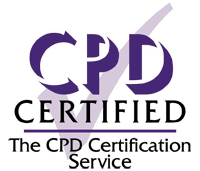3 September 2024
| Lilli Cooper, Kelly Ong
Life coaching has emerged as a powerful personal and professional development tool, particularly for individuals navigating high-stakes environments. Life coaching emphasises self-awareness, self-management and self-efficacy, including establishing desired outcomes, goal setting and developing skills and action plans to achieve them....

